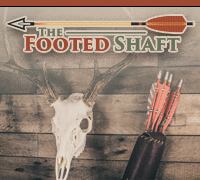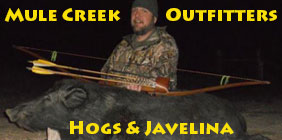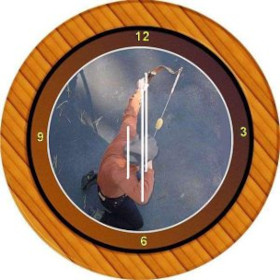These are the differences between a dynamic release and a dead release:
A dynamic release is a "pull through" release, meaning that movement, however slight, never completely stops. There is never an actual "hold" where the arrow stops moving during the draw. As a result of this increasing tension during the draw, the drawing hand typically ends up behind the neck or on the shoulder after release.
A dead release is a release where the back muscles are locked off at full draw, similar to the way someone doing a pull-up may lock off at the top of the pull-up, before starting the next pull-up. There is an actual hold in a dead release, where all movement stops, and aiming takes place. There is no increase in tension through release; the arrow is simply let go. Since there is a balanced pulling during the hold, where the force of the archer pulling back is equal to the force of the bow pulling forward, there should be some slight movement of the string hand back on release, although not as vigorous as in a dynamic release.
Alignment and posture in a dynamic release and a dead release should be exactly the same.
I have studied under Rod Jenkins, who teaches the dynamic release, and Rick Welch, who teaches the dead release. My impression is that the dynamic release works best for most people. Being contrary, the dead release works best for me.














